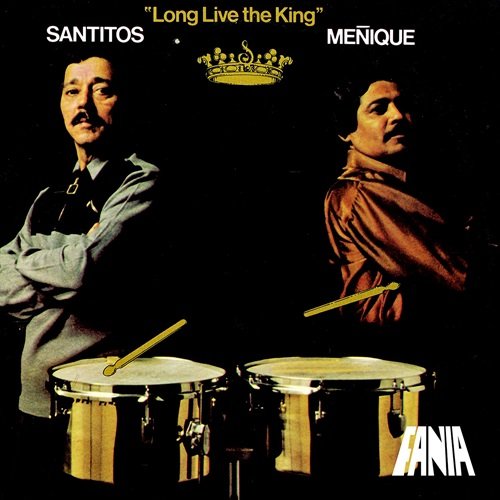Paolo Bottini - Giacomo Puccini: Complete Organ Works (2024) [Hi-Res]
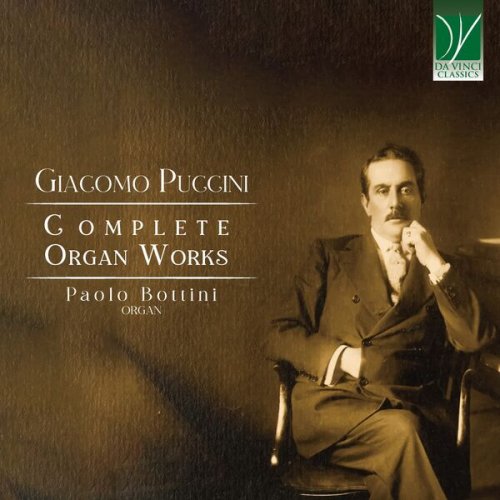
Artist: Paolo Bottini
Title: Giacomo Puccini: Complete Organ Works
Year Of Release: 2024
Label: Da Vinci Classics
Genre: Classical Organ
Quality: flac lossless (tracks) / flac 24bits - 96.0kHz
Total Time: 01:40:37
Total Size: 484 mb / 1.75 gb
WebSite: Album Preview
TracklistTitle: Giacomo Puccini: Complete Organ Works
Year Of Release: 2024
Label: Da Vinci Classics
Genre: Classical Organ
Quality: flac lossless (tracks) / flac 24bits - 96.0kHz
Total Time: 01:40:37
Total Size: 484 mb / 1.75 gb
WebSite: Album Preview
CD1
01. Sonata No. 1 in G Major: Sul tema di un'aria da Rigoletto di Giuseppe Verdi
02. Sonata No. 2 in G Major
03. Sonata No. 3 in G Major: Senza pedali
04. Sonata No. 4 in D Major: Marcia
05. Sonata No. 5 in D Minor
06. Sonata No. 6 in G Major: Maestoso
07. Sonata No. 7 in G Major: Largo
08. Sonata No. 8 in D Major: Marcia e Tempo di Valzer
09. Sonata No. 9 in D Major
10. Sonata No. 10 in G Major
11. Sonata No. 11 in G Major
12. Sonata No. 12 in G Major: Senza pedali
13. Sonata No. 13 in G Major: Senza indicazione di tempo; Più presto, Adagio
14. Sonata No. 14 in A Major: Tempo di Valzer però un poco meno
15. Sonata No. 15 in G Major
16. Sonata No. 16 in G Major: Allegro
17. Sonata No. 17 in D Major: Con Pedali obbligati
18. Sonata No. 18 in G Major: Marcia
19. Sonata No. 21 in C Major: Marcia
20. Versetto in E Minor: Allegro
21. Versetto No. 3 in G Major: Allegretto
22. Versetto No. 4 in G Major: Allegro
23. Versetto No. 2 in A Major
24. Versetto No. 3 in A Major: Maestoso
25. Marcia per organo in D Major
CD2
01. Kyrie in D Major: I. Introduzione
02. Kyrie in D Major: II. Versetto No.1, Tempo di Fuga
03. Kyrie in D Major: III. Versetto No.2, Allegro
04. Kyrie in D Major: IV. Versetto No.3, Senza indicazione di tempo
05. Gloria in A Minor: I. Introduzione, Allegro
06. Gloria in A Minor: II. Versetto No.2, Allegro
07. Gloria in A Minor: III. Versetto No.3, Pollacca
08. Gloria in A Minor: IV. Versetto No.4, Senza indicazione di tempo
09. Offertorio
10. Elevazione per organo
11. Postcomunio
12. Sei versetti in F Major: I. Maestoso
13. Sei versetti in F Major: II. Andante
14. Sei versetti in F Major: III. Moderato
15. Sei versetti in F Major: IV. Allegro brillante
16. Sei versetti in F Major: V. Andante mosso
17. Sei versetti in F Major: VI. Allegro con moto
18. Sei versetti in E Minor: I. Allegro
19. Sei versetti in E Minor: II. Allegretto
20. Sei versetti in E Minor: III. Moderato
21. Sei versetti in E Minor: IV. Andante mosso
22. Sei versetti in E Minor: V. Allegro maestoso
23. Sei versetti in E Minor: VI. Allegro
24. Sei versetti in A Minor: I. Moderato
25. Sei versetti in A Minor: II. Moderato
26. Sei versetti in A Minor: III. Allegro
27. Sei versetti in A Minor: IV. Allegretto
28. Sei versetti in A Minor: V. Andantino
29. Sei versetti in A Minor: VI. Allegro
30. Allegro vivace
31. Allegro
32. Pastorella gravida
![Paolo Bottini - Giacomo Puccini: Complete Organ Works (2024) [Hi-Res]](https://www.dibpic.com/uploads/posts/2024-01/1706221360_paolo-bottini-giacomo-puccini-complete-organ-works-2024-back.jpg)
This recording gathers, for the first time[1], the complete original compositions for the organ by Giacomo Puccini (Lucca, December 22, 1858 – Brussels, November 29, 1924), collected and published in 2017 under the guidance of Virgilio Bernardoni in volume II/2.1 of the National Edition of Giacomo Puccini’s Works (Carus-Verlag 56.003).
It is thanks to the musicological efforts of the Giacomo Puccini Study Center in Lucca that, between 2015 and 2017, many of these compositions for the organ resurfaced. They had been scattered across various collections. Altogether, there are 57 pieces composed between 1870 and 1880, during the period when the young music student served as an organist in Lucca and neighboring towns.
Had the 22-year-old Giacomo not moved to Milan to complete his studies, his fame probably would have remained confined to the boundaries of Lucca. This move would have added to the lineage of the Puccini organists and chapel masters in Lucca. His father, Michele, was the organist at the Cathedral of San Martino until his untimely death in January 1864. Even Giacomo’s great-grandfather, Giacomo senior, had held the same position starting in 1740. Puccini studied the organ at the “Pacini” music institute in Lucca from 1873 to 1877. Here, he also distinguished himself by being awarded a first prize in September 1875. He was already able to replace his uncle, Fortunato Magi, at the church of San Girolamo in early 1873. He played this role, with regular pay, until the end of 1882. Moreover, from the early seventies, the young Puccini played the organ during the summer months in Mutigliano, a small village 6 kilometers north of Lucca. His mother, Albina Magi, frequently intervened with the Cathedral of Lucca’s administration, advocating for her promising son—who was now “extremely skilled in fulfilling the role” as described by Carlo Marsili, director of the Pacini Institute—to be formally appointed. However, in the Cathedral, Puccini only took on occasional roles as a substitute organist. He was considered not yet mature enough to permanently occupy a role that also required composition skills. After 1883, the now Milan-based young musician realized his musical career could offer better opportunities in orchestral and especially operatic music. Nonetheless, he still found it useful to take private organ lessons in Milan.
Regarding the compositions included in this recording, it is undeniable that pieces like the verses have an exclusively liturgical application (designed for the alternation between choir and organ in parts of the Mass Ordinary and in the hymns and Magnificat of Vespers). There are also pieces explicitly intended to accompany the Offertory, Elevation, and Postcommunion. However, there is no precise evidence about the actual purpose of several compositions, such as those without a title in tracks 30 and 31 of CD No. 2. Written for his own use or for others, they might be simple style exercises or educational examples rather than creations intended for primary liturgical use. This is especially given that the church organist, following a centuries-old tradition, relied on the well-established practice of spontaneous creation.
The origin of these pieces comes from Puccini’s decade of regular work as a liturgical organist and from the lessons he gave between 1874 and 1878 to Carlo Della Nina (1855-1918), a tailor by profession, who served as an organist at the church of San Giusto in Porcari. Activities in which the now-famous composer of operas did not consider himself particularly excellent: “Think what I could have done if I hadn’t guessed the ‘Terno al Lotto’ of my works! I was good for nothing else. Teaching? What? I know nothing about playing the organ. Yes, with that agile hand of mine! Bandmaster? They would have ended up beating the drum on my belly, with the authority I have.” (Puccini to Carlo Paladini, 11/26/1920).
In his career as an organist in Lucca and surrounding areas, the young Puccini had at his disposal typical instruments of the Tuscan school. However, these pieces, carrying vivid traces of contemporary theatrical taste, are well-suited to be performed on larger organs, like those splendid instruments of the 19th-century Lombard organ school, which can be heard in this recording[2].
Virgilio Bernardoni notes that, “Considering the dispersion of such a large number of manuscripts into the hands of village organists, it is curious—and as far as we know unexplained—that Puccini kept the manuscript of the only attested Pastoral for himself [the one with the curious title of ‘Pastorella gravida’] and those of compositions that, if properly ordered, could form a complete Mass for the organ [as intended in this recording on CD No. 2], with the series of Verses for the Kyrie (nos. 48-51) and the Gloria (nos. 52-55) and the free pieces for the Offertory (no. 46), Elevation (no. 56), and Postcommunion (no. 57). It is also possible that these were works he wrote during his study period in Milan. […] Among the Mass movements, the Verses are characterized by the taste for a varied combination of a limited number of musical characters. However, they display an increase in the introductory rhetoric of no. 48, the innovation of an austere singing style in the Tempo di Fuga no. 49, the fresh polonaise-rhythmed miniature no. 54, and the florilegium of syncopated otifs of nos. 50 and 51. The free Sonatas, instead[3], are among the most compositionally challenging works in the entire Puccini output. This engagement is apparent in the Offertory’s length; in the Elevation, it astonishs for its expressive intensity. Under this viewpoint, in fact, the intstrumental quasi recitativo of the first 29 bars of the Elevations marks an apex in young Puccini’s creativity.
For those readers eager to delve deeper into Puccini the organist and the world of organists he frequented for a decade during his musical training, I suggest reading the book “Giacomo Puccini organista / The context and the music” edited by Fabrizio Guidotti, published in 2017 by Olschki. This volume includes essays by Aldo Berti, Gabriella Biagi Ravenni, and Guidotti himself, and features a contribution by Luigi Ferdinando Tagliavini on Giacomo Puccini and the organ.
![Brad Keeghan - Brad Keeghan (2025) [Hi-Res] Brad Keeghan - Brad Keeghan (2025) [Hi-Res]](https://www.dibpic.com/uploads/posts/2025-12/1766078373_cover.jpg)

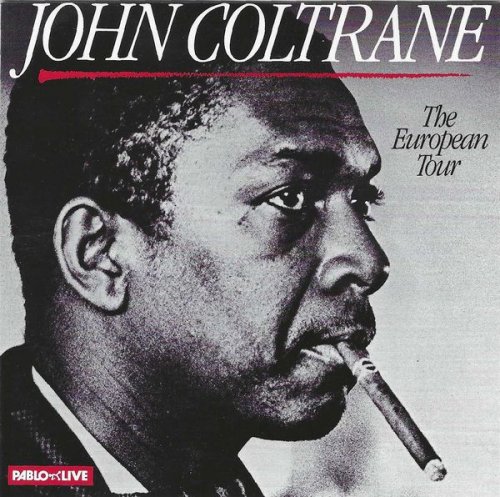
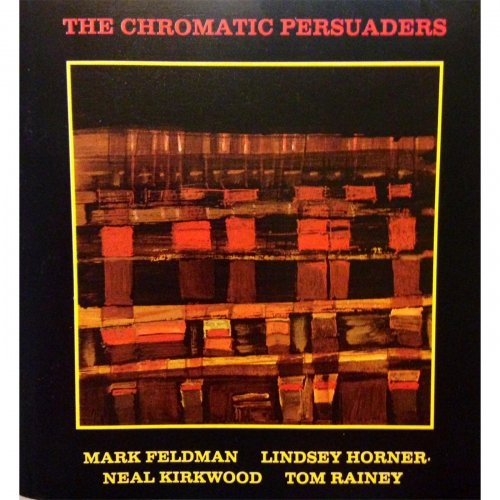
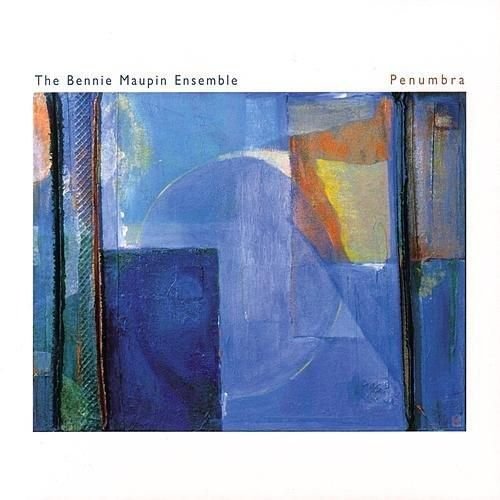

![Joshua White - Flora and Fauna: 9 Preludes for Solo Piano (2025) [Hi-Res] Joshua White - Flora and Fauna: 9 Preludes for Solo Piano (2025) [Hi-Res]](https://img.israbox.com/img/2025-12/19/1w90raxdb6ohgwszk3wk3pfts.jpg)
![Bobby Meckam - Trumpet and Jazz in Strings (1981/2025) [Hi-Res] Bobby Meckam - Trumpet and Jazz in Strings (1981/2025) [Hi-Res]](https://www.dibpic.com/uploads/posts/2025-12/1766062047_cover.jpg)
